- News
- Reviews
- Bikes
- Components
- Bar tape & grips
- Bottom brackets
- Brake & gear cables
- Brake & STI levers
- Brake pads & spares
- Brakes
- Cassettes & freewheels
- Chains
- Chainsets & chainrings
- Derailleurs - front
- Derailleurs - rear
- Forks
- Gear levers & shifters
- Groupsets
- Handlebars & extensions
- Headsets
- Hubs
- Inner tubes
- Pedals
- Quick releases & skewers
- Saddles
- Seatposts
- Stems
- Wheels
- Tyres
- Tubeless valves
- Accessories
- Accessories - misc
- Computer mounts
- Bags
- Bar ends
- Bike bags & cases
- Bottle cages
- Bottles
- Cameras
- Car racks
- Child seats
- Computers
- Glasses
- GPS units
- Helmets
- Lights - front
- Lights - rear
- Lights - sets
- Locks
- Mirrors
- Mudguards
- Racks
- Pumps & CO2 inflators
- Puncture kits
- Reflectives
- Smart watches
- Stands and racks
- Trailers
- Clothing
- Health, fitness and nutrition
- Tools and workshop
- Miscellaneous
- Buyers Guides
- Features
- Forum
- Recommends
- Podcast
review
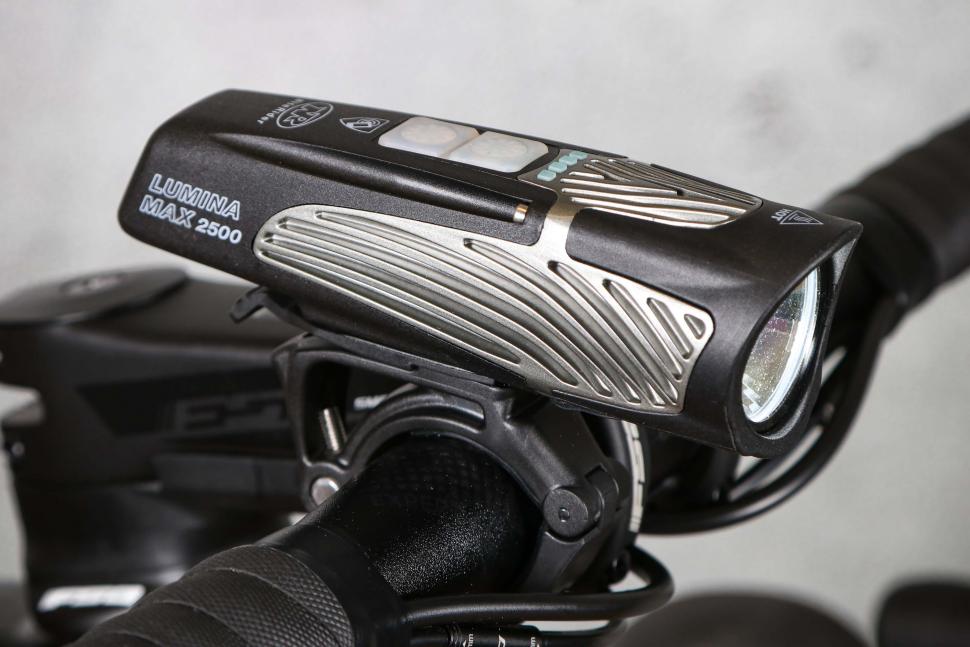 2022 Niterider Lumina Max 2500 - 1.jpg
2022 Niterider Lumina Max 2500 - 1.jpg£220.00
VERDICT:
Bright and practical, it lights trails and dark lanes well, although it is pretty imposing on the bike
Powerful
Nicely focused beam that illuminates where you're heading
Easy to attach
Expensive
Bulky
Weight:
266g
Contact:
At road.cc every product is thoroughly tested for as long as it takes to get a proper insight into how well it works. Our reviewers are experienced cyclists that we trust to be objective. While we strive to ensure that opinions expressed are backed up by facts, reviews are by their nature an informed opinion, not a definitive verdict. We don't intentionally try to break anything (except locks) but we do try to look for weak points in any design. The overall score is not just an average of the other scores: it reflects both a product's function and value – with value determined by how a product compares with items of similar spec, quality, and price.
What the road.cc scores meanGood scores are more common than bad, because fortunately good products are more common than bad.
- Exceptional
- Excellent
- Very Good
- Good
- Quite good
- Average
- Not so good
- Poor
- Bad
- Appalling
The NiteRider Lumina Max 2500 is a more than capable front light – it's powerful, easy to use, and has a variety of beam settings that mean it can be used in a variety of situations. However, it is not the lightest and it comes with a fairly steep price tag. You might want to compare it with others in our buyer's guide to the best bike lights before buying.
First and foremost, the Lumina Max 2500 has been designed to be bright. With a maximum output of 2,500 lumens, it's one of the brighter lights we have reviewed recently, and is more than capable of illuminating the darkest roads and trails.
I've used this on a variety of surfaces and found it perfectly good enough for lighting country lanes or gravel trails.
It's simple to use, operated by two buttons on the top that turn it on and off, and change the brightness and beam pattern.
The buttons are backlit with coloured LEDs that change based on the selection you have (flashing for a flashing option, solid and bright for a high/solid combo and so on), and above them are four additional LEDs that indicate battery life; these change to predict the time remaining based on the setting you're using, which is a nice touch.
Nitelink
Another neat feature is that if you have a Nitelink compatible rear light then you can turn that on or off from the front light too. You can also buy a wireless remote that allows you to control both the front and rear lights (and even have turn signals if that's your thing).
Modes & output
The light has five constant modes, from 80 lumens to 2,500. Press the top button to go brighter, and the lower button to go lower.
You can also hold down the lower button to switch from a constant beam to flashing: one slow, another intermittent, and the other a strobing flash. If you're looking to be seen on the roads rather than to see what's in front of you, these offer a good variety of options.
In total it has eight modes, with the following claimed run-times and outputs:
- Walk Mode - 18:00h at 80 lumens
- Low - 7:00h at 200 lumens
- Med - 3:00h at 900 lumens
- High - 1:30h at 1,800 lumens
- Boost - Up to 0:45m at 2,500 lumens
- Super Flash - 9:15h
- Pulse Flash - 12:45h
- Fast Flash - 7:45h
The High and Boost modes are certainly more focused on off-road usage (unless you really want to blind someone on the road heading toward you); in fact the light itself is designed predominantly for use on tracks. That said, the range of modes on offer mean it can be used in a number of environments.
For example, I generally used Pulse Flash as a daytime running light on the road, as it offers good battery life combined with effective lighting for being seen. At night I'd use the 900-lumen Med for road riding, and switch between High and Boost for anything off-road.
As the Lumina Max 2500 is predominantly for use off-road, it has a focused beam pattern. It's good for showing what's in front of you – I could quite easily identify any imperfections in the road, or roots on a trail, or something to avoid – but it's more limited than road-specific lights in terms of its peripheral spread, and what you can see around you.
Run-times & charging
The Lumina Max 2500 is claimed to provide up to 18 hours of run-time on its lowest setting, the 80-lumen 'Walk' mode, and up to 45 minutes on the full 2,500-lumen Boost.
The claims seem pretty accurate – the 2,500-lumen Boost lasted around 45 minutes inside during a power cut... And after using the 80-lumen Walk option for a few rides (don't tell!) in a row it had only dropped to 75% power after round 5 hours of use.
Because the light has a good variety of modes, you should be able to find something that works for you, whether you want to maximise power over a short distance or maximise time between charging.
Recharging is done through a USB port on the bottom of the light, and takes a couple of hours (more if you're charging from a laptop or third device), so it's not the kind of light you can just chuck on charge a few minutes before setting off.
Weight, build, heat
As with most lights over 2,000 lumens, there is a sacrifice to make in terms of size, weight, and heat.
As with most lights over 2,000 lumens, there is a sacrifice to be made in terms of size and weight. While it's certainly compact and portable, it's also a bit bulkier and heavier than others we have tested, coming in at 226g. This wasn't an issue for me, with the kind of winter riding (and winter or gravel bike) I use, but if you're a weight-weenie then this probably isn't the light for you.
It also heats up very quickly on the brighter settings. Niterider includes a warning on the front of the light, which is handy, because if you're not expecting it, it can be a bit of a shock.
Mount
The light is simple to mount and adjust on your bike, and comes with a variety of different shims to ensure a secure and stable fit regardless of bar size.
Fitting it is simply a case of wrapping the bracket around the bar and tightening the nut. Removing it is equally easy, or you can just slide the light unit off by itself and leave the bracket in place.
Mat tested the Niterider Max 2000 and found there was a lot of movement when riding off road, but I didn't notice anything excessive. This could be because I used it on a Specialized Diverge, with the Future Shock 2 system reducing vibrations.
Value
At £220, it's fairly steep compared with others we have tested with a similarly powerful beam. For instance, the Magicshine Ray 2600 Smart Remote Bike Light that Shaun tested in 2021 provides an extra 100 lumens and cost £113 (and can be picked up for less than £100).
Ravemen's PR2400, which Stu tested in 2021, is a slightly different beast, but it's £20 less at £199.99 and comes with a remote.
However, there are more expensive options – the well-liked Light & Motion Seca Comp 2000 has an rrp of £243, and the Lumina Max starts to look cheap compared with Exposure's two Strada offerings.
It's also worth noting that if you shop around you can pick up the Lumina Max for significantly less than rrp in several places.
Conclusion
Overall, the Lumina Max 2500 is an excellent choice if you are looking for a powerful and versatile light, especially if you like to head off road. It is exceptionally bright, the various modes mean it can be used in a variety of situations, and it's easy to fit and remove. However, it is a little pricey and bulky compared with some, and might be more light than you need. For the mixed kind of riding I've been doing, it's ideal.
Verdict
Bright and practical, it lights trails and dark lanes well, although it is pretty imposing on the bike
road.cc test report
Make and model: Niterider Lumina Max 2500 Front Bike Light with NiteLink
Size tested: n/a
Tell us what the light is for, and who it's aimed at. What do the manufacturers say about it? How does that compare to your own feelings about it?
NiteRider says: "A versatile, feature-rich, rechargeable headlight, the NiteRider® Lumina™ Max 2500 features NiteLink™ wireless technology, enabling you to remotely control a compatible taillight (not included). Unleashing MAX Boost or its varying modes was never more easy as riders now have the ability to control both headlight and taillight with a flick of the thumb. (Taillight and NiteLink™ Wireless Remote sold separately) Additional features include an 8-Step Fuel Gauge and a highly durable light housing with Dupont® Fiberglass reinforced nylon."
Tell us some more about the technical aspects of the light?
From NiteRider:
* MAX Lumen Output: 2500 on Boost Mode. MAX power requires MAX energy, use only when you need it most
* VerifiR NFC Technology
* Lumen Output: 1800 on High
* 8 Modes with Run Times: 0:45-18:00h
* Choose from 5 solid brightness levels and 3 multiple flash patterns
* Charge Time: 3:00h
* USB-C Rechargeable
* Weight: 216 grams
* Water / Dust Resistant IP64 Rated
* Pairs with NiteRider® NiteLink™ Wireless devices
Rate the light for quality of construction:
9/10
Extremely well made.
Rate the light for design and ease of use. How simple was the light to use?
8/10
Very easy: two buttons to control everything.
Rate the light for the design and usability of the clamping system/s
7/10
Simple to use and holds the light well.
Rate the light for waterproofing. How did it stand up to the elements?
7/10
Used it in a few fairly heavy showers without any issues.
Rate the light for battery life. How long did it last? How long did it take to recharge?
7/10
Recharging is done through a USB port on the bottom of the light, and takes a couple of hours (more if you're charging from a laptop or third device), so it's not the kind of light you can just chuck on charge a few minutes before setting off.
Rate the light for performance:
8/10
It lit up everything I needed it to well, stayed powered on for as long as I needed, and was easy to fit.
Rate the light for durability:
8/10
Feels strong and dependable. I would be confident that I could chuck this at a wall without doing much damage to it – it's more likely to break the road if it fell from the bars.
Rate the light for weight:
5/10
This is not a light for weight-weenies.
Rate the light for value:
5/10
Tell us how the light performed overall when used for its designed purpose
Very well. I could see everything I needed to on roads or trails, and the battery lasted well. It's also simple to attach and remove.
Tell us what you particularly liked about the light
The LEDs on the top are both fun and useful; once you get used to what they mean, it allows you to easily understand what modes you're changing to.
Tell us what you particularly disliked about the light
Its size – it is basically a torch.
How does the price compare to that of similar products in the market, including ones recently tested on road.cc?
It's worth noting that if you shop around you can pick up the light for significantly less, but at rrp it's rather expensive compared with some. The Magicshine Ray 2600 Smart Remote Bike Light that Shaun tested in 2021 provides an extra 100 lumens and cost £113 (and can be picked up for less than £100). And Ravemen's PR2400, which Stu tested back in 2021, is a slightly different beast, but it's £20 less at £199.99 and comes with a remote.
However, there are more expensive options – the well-liked Light & Motion Seca Comp 2000 front light has an rrp of £243, and the Lumina Max starts to look cheap compared with Exposure's two Strada offerings.
Did you enjoy using the light? Yes
Would you consider buying the light? Yes
Would you recommend the light to a friend? Yes
Use this box to explain your overall score
It's a good light overall. It pumps out the lumens in a controlled and focused pattern that helps you to see exactly what's in front of you. The battery life isn't as amazing as some, but it was more than enough for my needs, and with the various settings it's easy to use in different circumstances when needed. That said, it is pretty bulky, heavy and not cheap.
About the tester
Age: 35
I usually ride: CAAD13 My best bike is: Cannondale Supersix Evo
I've been riding for: 10-20 years I ride: Every day I would class myself as: Expert
I regularly do the following types of riding: commuting, club rides, sportives, general fitness riding, fixed/singlespeed,
George is the host of the road.cc podcast and has been writing for road.cc since 2014. He has reviewed everything from a saddle with a shark fin through to a set of glasses with a HUD and everything in between.
Although, ironically, spending more time writing and talking about cycling than on the bike nowadays, he still manages to do a couple of decent rides every week on his ever changing number of bikes.
Latest Comments
- lonpfrb 1 sec ago
That argument is ignorance of the widespread height and width restrictions to be found on the many minor roads that were originally created for...
- David9694 2 hours 15 min ago
cyclists should be made to have number plates - Interesting police video here of the range of illegal number plates - we'd got, as the caption says...
- rookybiker 3 hours 28 min ago
The trailer seems to connect to both ends of the rear axle. Can it do tight corners without dragging the tyre sideways?
- froze 3 hours 31 min ago
Motorists have always been unkind to cyclists, but distracted driving is adding to the problem....
- Destroyer666 4 hours 25 min ago
Have you owned Bont shoes? In my experience even the widest Lake shoes have had a bizarre form of narrowing way too much in the toe area. But the...
- froze 4 hours 52 min ago
Not sure if this is possible, but this news letter goes out all over the world, and some places like Decathlon does not send stuff to America, in...
- Hirsute 5 hours 37 min ago
I'm confused as to why you'd need bib shorts indoors.
- Oldfatgit 6 hours 6 min ago
I'm sure you were being sarcastic... however ... Lewis Hamilton lives in Monaco. Yet another car driver that doesn't pay any tax
- BikingBud 8 hours 18 min ago
Paddington Harrow Road crash leaves two seriously injured...











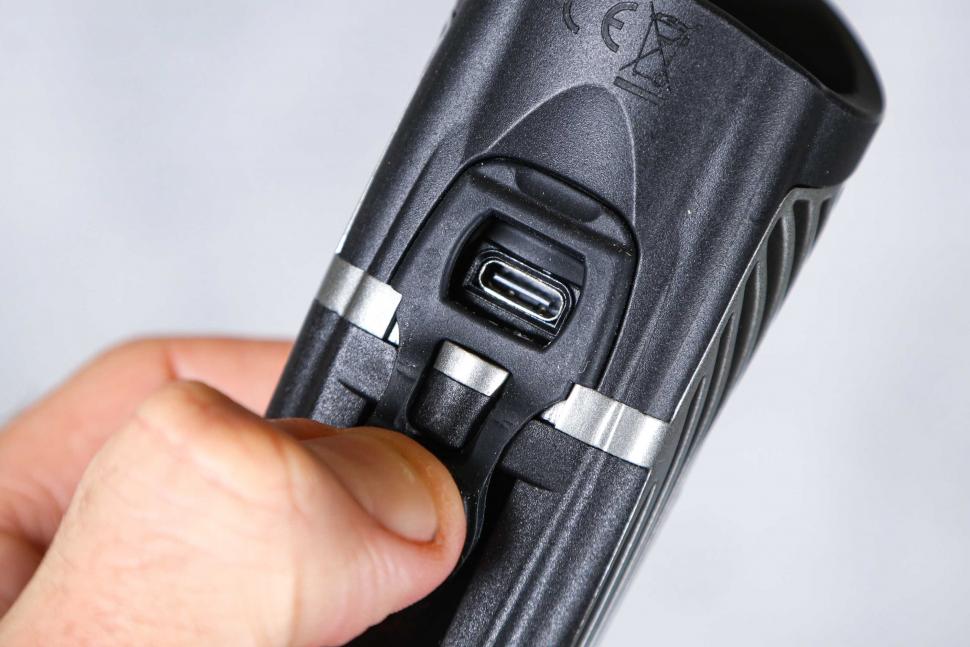
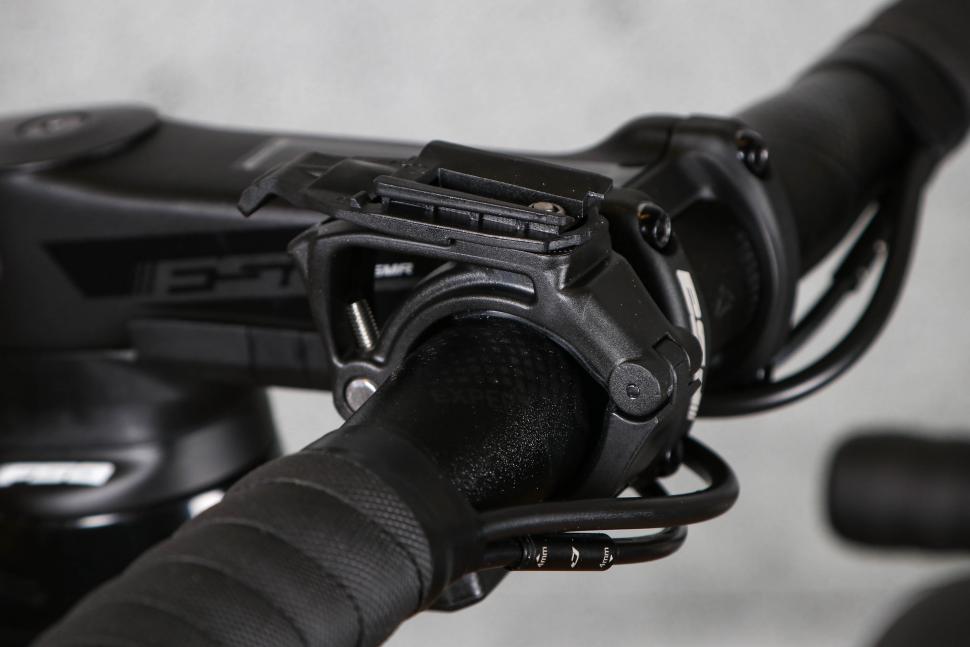

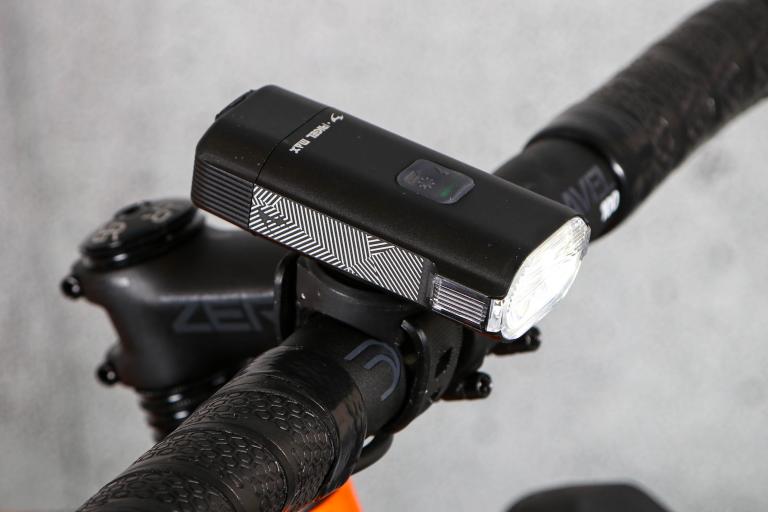
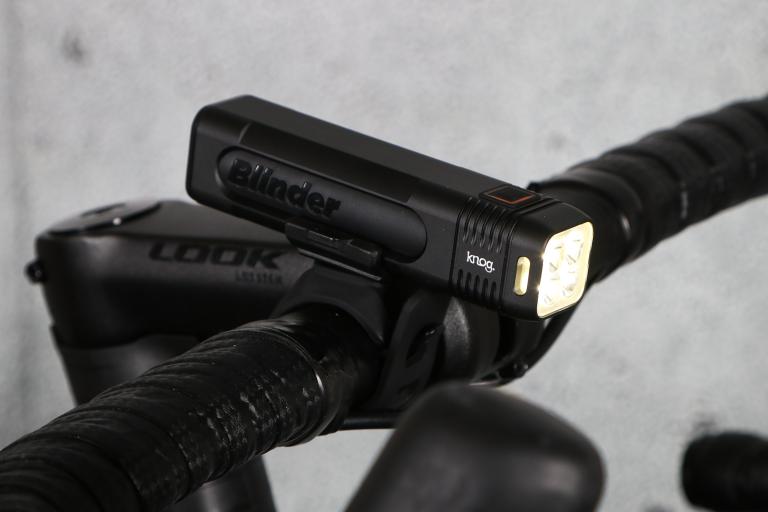

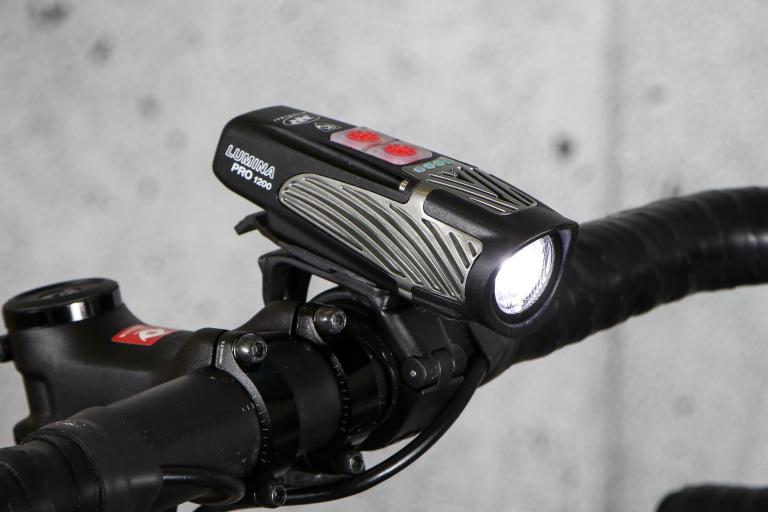
Add new comment
2 comments
That 'boost' runtime is all but useless. Come on, 45 minutes autonomy....how many people do you know who go out for a 45 minutes trail ride?
I won't purchase the brand again, had a niterider Lumina OLED, purchased directly from their website. While it worked it was good but no more than that, nothing special. After 15 months it stopped charging. Contacted them about it, never even got a response. The light itself was not bad but certainly in summer (I often ride at night) it gets hot. Really hot. That can't be good for those LEDs, they'll wear out in record time.
What brand do you use now?